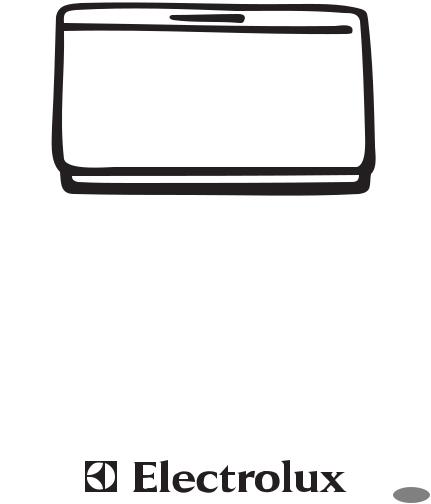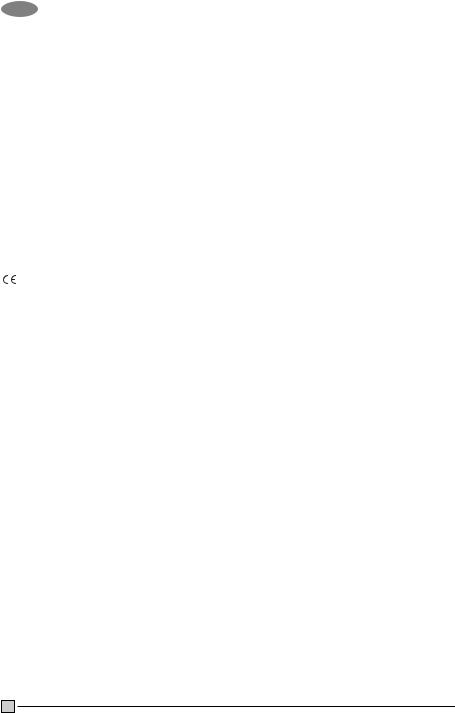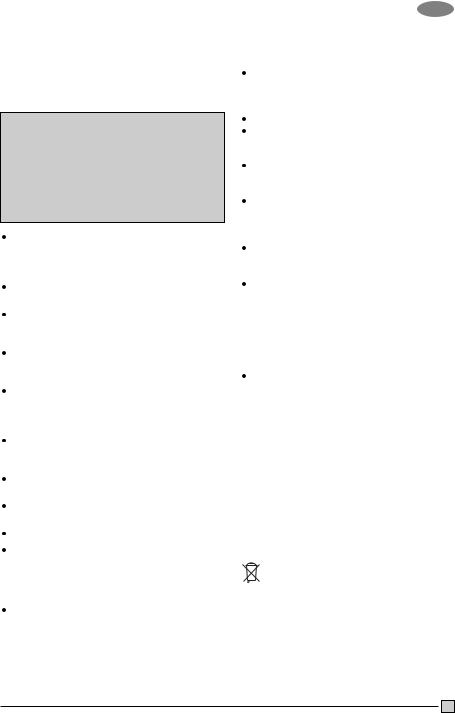AEG CB425GL, CB280GL, CB225GL Manual

I N S T R U C T I O N B O O K
COMMERCIAL FREEZER
CB 150GL CB 225GL CB 280GL CB 375GL CB 425GL
GB
820 41 78 11

GB
INSTRUCTIONS . . . . . . . . . . . . . . . . . . . . . . . . . . . . . . . . . . . . . . . . . . . . . . . . . . . . . . . . . . . . . . . . . . . 3 page and Guidelines
. . . . . . . . . . . . . . . . . . . . . . . . . . . . . . . . . . . . . . . . . . . . . . . . . . . . . . . . . . . . . . . . . . . . . . . . . . 4-5 page
connections On
USE . . . . . . . . . . . . . . . . . . . . . . . . . . . . . . . . . . . . . . . . . . . . . . . . . . . . . . . . . . . . . . . . . . . . . . . . . . . . . 5 page and Positioning
Control
. . . . . . . . . . . . . . . . . . . . . . . . . . . . . . . . . . . . . . . . . . . . . . . . . . . . . . . . . . . . . . . . . . . . . . . . . . . 6 page
Your Freezer
in Use
this appliance complies with the following EC Directives:
-73/23/EEC of 19. 02. 1973 - Low-Voltage Directive
-89/336/EEC of 03. 05. 1989 (including Amendment Directive 92/31/EEC - EMC Directive.
2

SAFETY INSTRUCTIONS
WARNINGS AND GUIDELINES
These warnings are provided to improve safety, and should be read carefully before installing or using your freezer.
IMPORTANT
It is vital that these instructions are kept with the freezer for future use. If the freezer is sold or given to another user, or if you move and leave the freezer behind, you must ensure that the instructions accompany the freezer to enable the next user to use the freezer correctly and read the relevant warnings.
This appliance has to be used at the following conditions (climate class „4”):
temperature range: 10-30°C relative humidity: 55 %.
This freezer is only intended for the selling and storage of icecream and frozen food products.
This freezer should only be operated by adults. Children must not be allowed to tamper with the control buttons or play with the freezer.
Changes in the electrical mains system in connection with the installation of this freezer should always be carried out by an authorised electrician or competent person.
Do not under any circumstances attempt to repair the freezer yourself. Repairs carried out by untrained people may result in personal injury or serious malfunction of the freezer.
Service of the freezer should be carried out by an authorised service company, and only original spare parts should be used.
It is dangerous to alter the freezer specifications, or to change the freezer in any other way.
Make sure that the freezer is not placed on top of the mains cable.
Do not re-freeze food once it has been defrosted.
This freezer includes components that are heated during operation. Consequently, adequate ventilation must always be provided. If ventilation is insufficient defects may occur, resulting in the loss of food. See under “Installation”.
The inside of the freezer contains pipes through which coolant flows. If these pipes are punctured the freezer may be damaged beyond repair, and food may be lost. Do not use sharp implements to remove frost or ice. Frost can be removed using the enclosed scraper. Do not knock ice off the sides of the freezer, but remove it by defrosting the freezer. See under Maintenance”.
GB
Do not place drinks in the freezer. Bottles and cans containing carbonic acid or sparkling drinks are particularly prone to explosion, which may damage the freezer.
This freezer is heavy. Take care when moving it.
If the freezer is fitted with a lock to prevent tampering by children, the key must always be kept safely out of the reach of children, and far away from the freezer.
Before disposing of an old freezer, make sure that the lock (if present) no longer works. This is to prevent accidents and avoid the danger of children getting locked inside.
Make sure that the power plug is not squashed or damaged by the back of the fridge/freezer.
-A damaged power plug may overheat and cause a fire.
Do not place heavy articles or the fridge/freezer itself on the power cord.
- There is a risk of a short circuit and fire.
Do not remove the power cord by pulling on its lead, particularly when the fridge/freezer is being pulled out of its niche.
-Damage to the cord may cause a short-circuit, fire and/or electric shock.
-If the power cord is damaged, it must be replaced by a certified service agent or qualified service personnel.
power plug socket is loose, do not insert the power plug.
- There is a risk of electric shock or fire.
IN THE INTERESTS OF THE
ENVIRONMENT:
When disposing of your old fridge, freezer or fridge/freezer:
Check with your local Council or Environmental Health Officer to see if there are facilities in your area for
collecting the gas from the appliance for recycling. This will help reduce the amount of CFC gas released into the atmosphere.
Help to keep your country tidy - when disposing of an
old appliance or a CFC free appliance use an authorised disposal site.

 The symbol on the product or on its packaging
The symbol on the product or on its packaging  indicates that this product may not be treated as household waste. Instead it shall be handed over to the applicable collection point for the recycling of electrical and electronic equipment. By ensuring this product is disposed of correctly, you will help prevent potential negative consequences for the environment and human health, which could otherwise be caused by inappropriate waste handling of this product. For more detailed information about recycling of this product, please contact your local city office, your household waste disposal service or the shop where you purchased
indicates that this product may not be treated as household waste. Instead it shall be handed over to the applicable collection point for the recycling of electrical and electronic equipment. By ensuring this product is disposed of correctly, you will help prevent potential negative consequences for the environment and human health, which could otherwise be caused by inappropriate waste handling of this product. For more detailed information about recycling of this product, please contact your local city office, your household waste disposal service or the shop where you purchased
the product.
3
